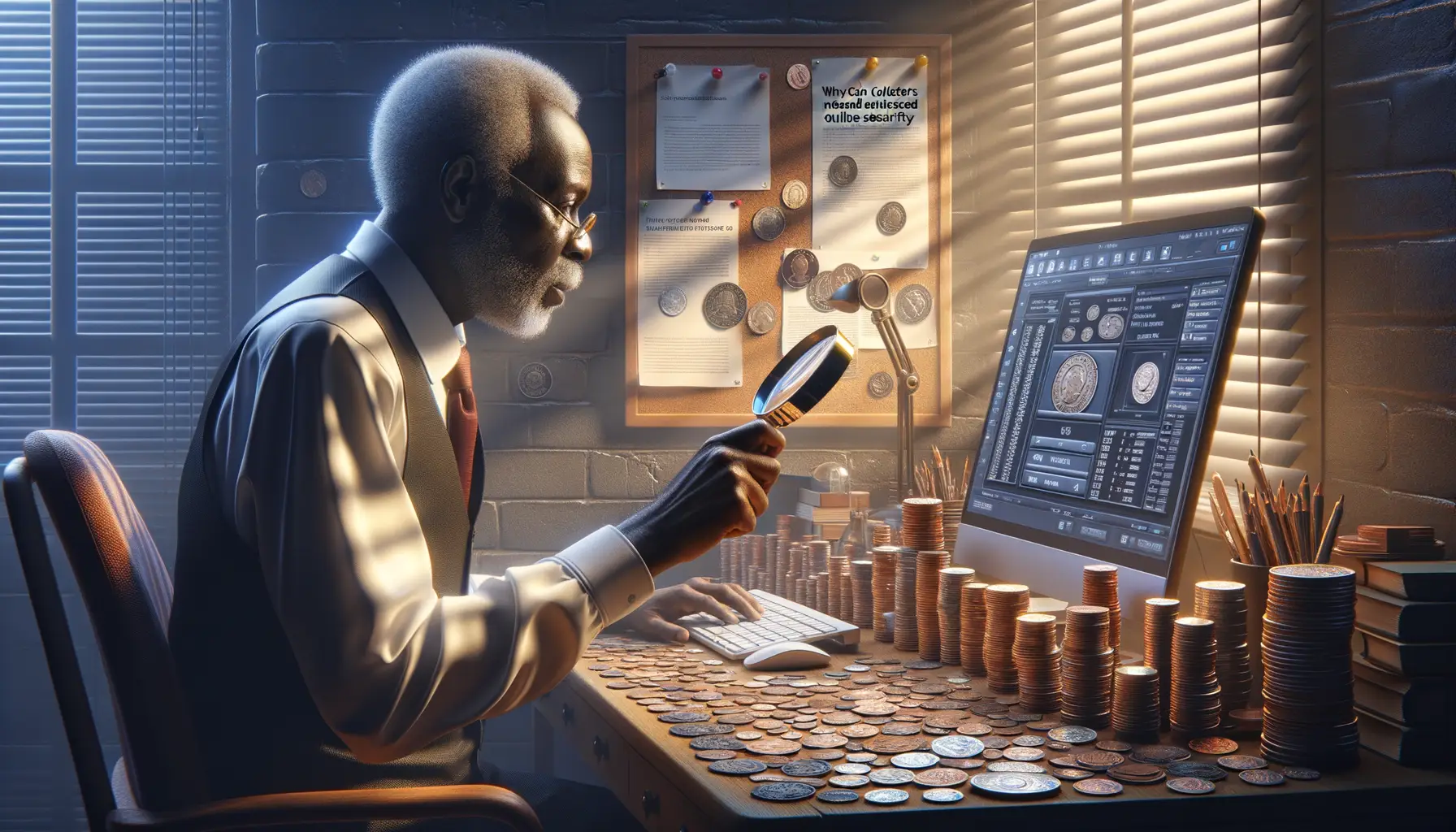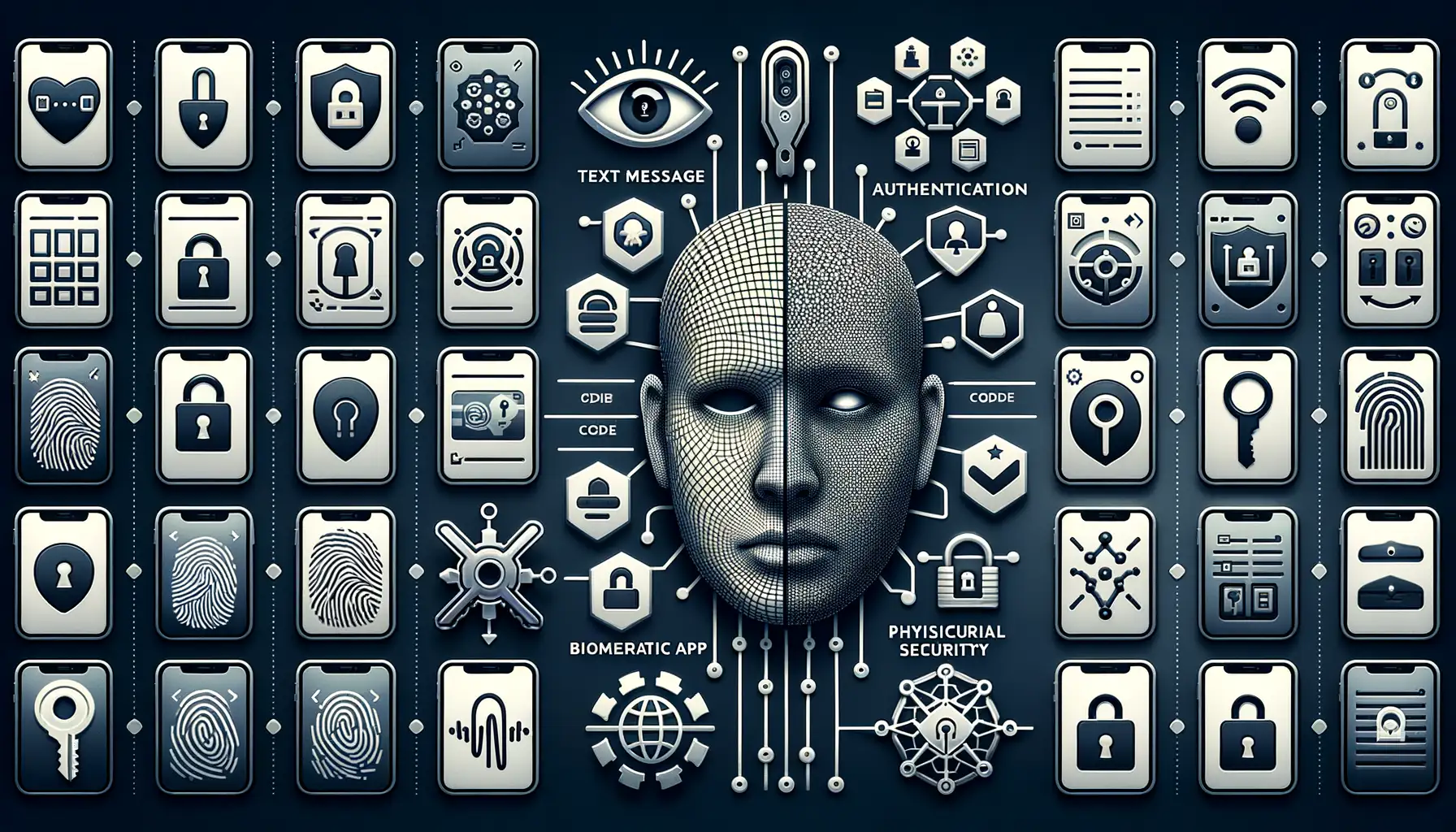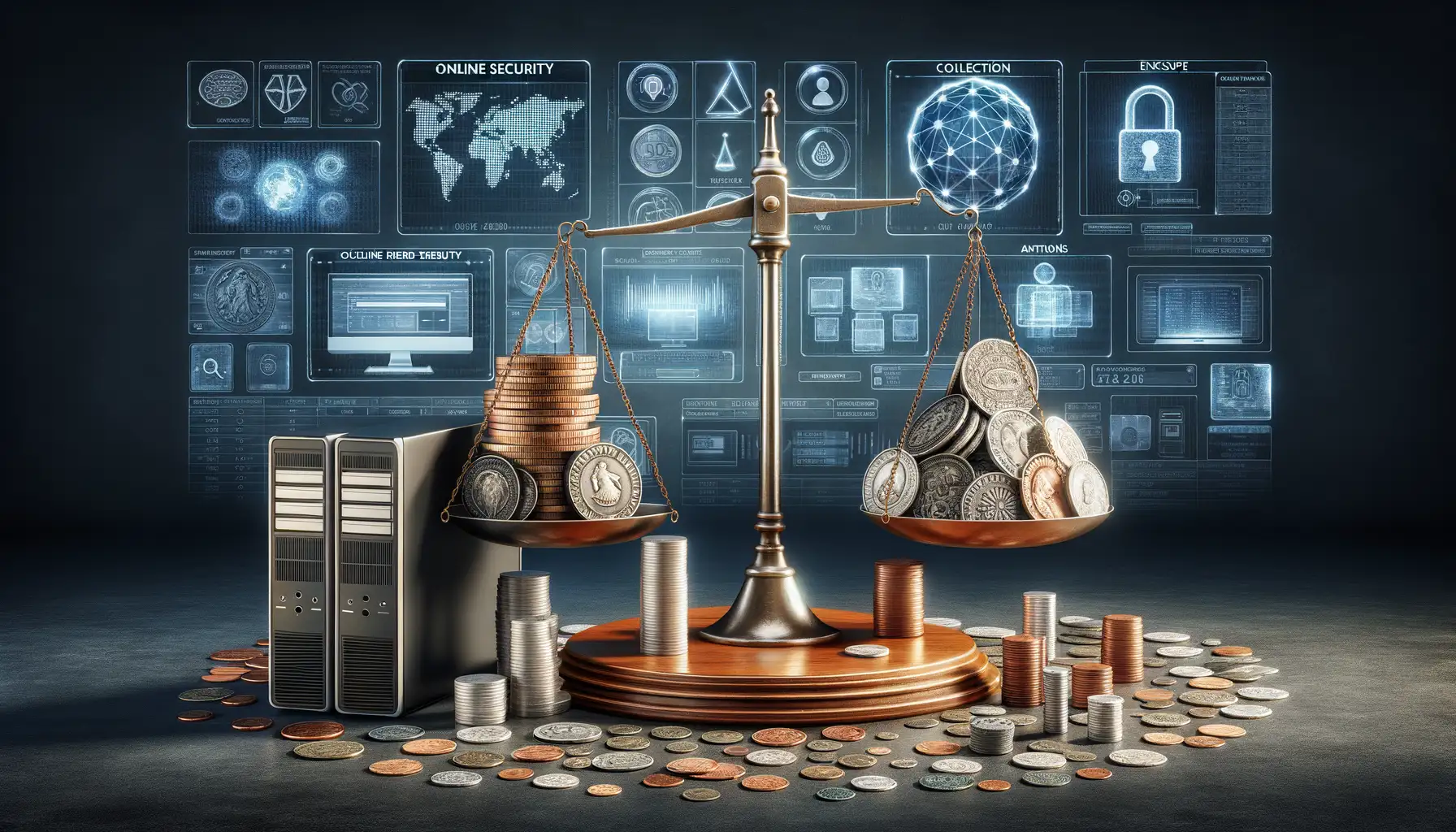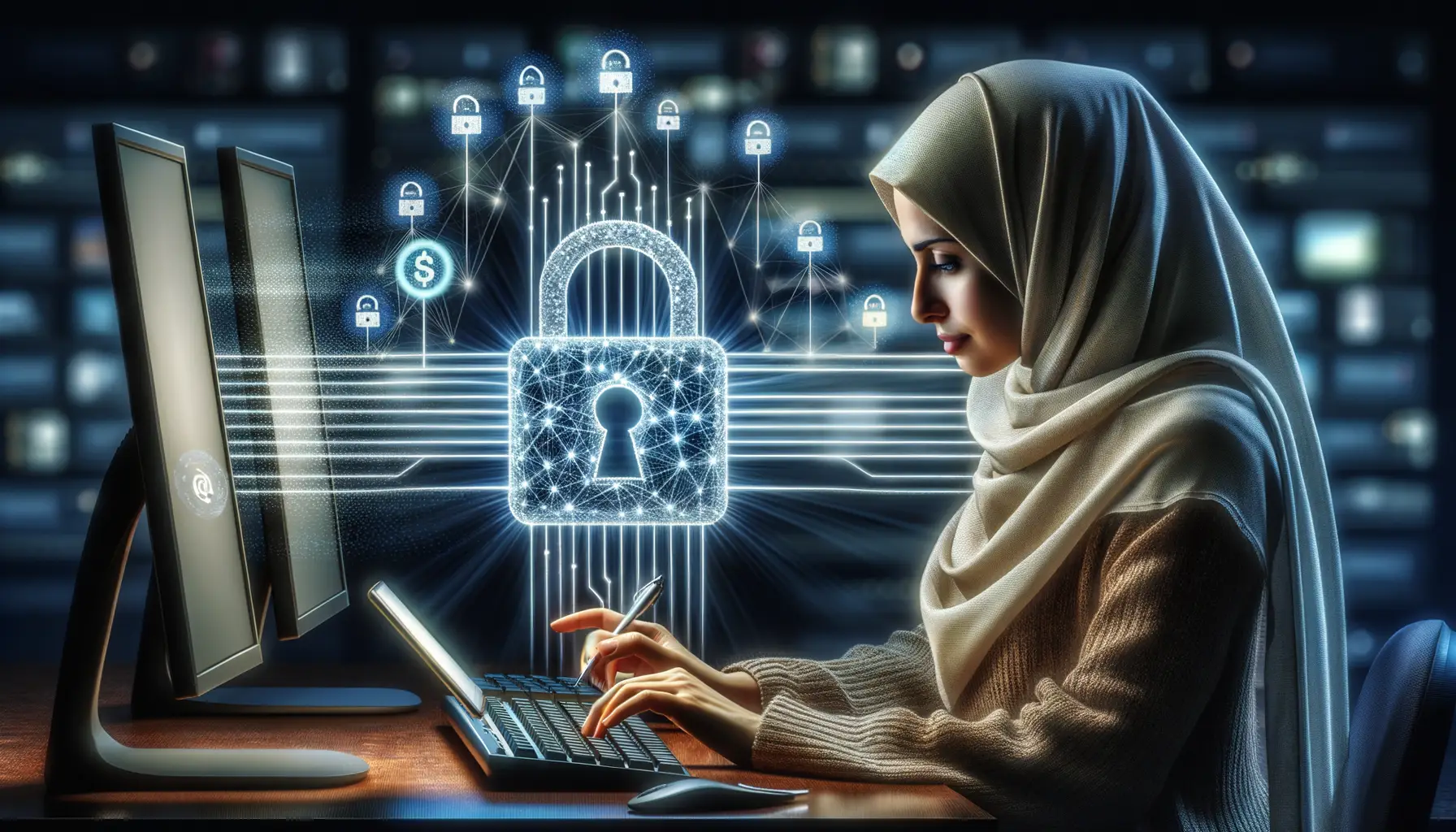Understanding Two-Factor Authentication (2FA) Basics
What Makes 2FA Your Online Bodyguard?
Picture this: your prized coin collection is stored in a sturdy safe, but the key is easily copied. Would you trust that? That’s essentially what a simple password does—it’s one layer, and not always a strong one. Here’s where Two-Factor Authentication (2FA) steps in, acting as your digital bodyguard.
Instead of just one barrier, 2FA adds an extra lock that only you can open, whether it’s a special code sent to your phone or a fingerprint scan. Think of it like needing both a PIN and your thumbprint to access a bank vault—pretty solid, right?
The Key Components of 2FA You Should Know
In its simplest terms, 2FA combines:
- Something you know: Like your password or security question.
- Something you have: A smartphone notification, a secure app, or even a hardware token.
- Something you are: Biometrics like your fingerprint or voice. (Yes, it’s futuristic, but oh so cool!)
This double layer ensures someone would need more than just a lucky password guess to sneak into your account. It’s security that says: “Not today, cyber thieves!”
Why Coin Collectors Need Enhanced Online Security

Your Treasure Trove Needs a Digital Fortress
Imagine this: you’ve spent years building your coin collection—rare Silver Eagles, centuries-old Roman denarii, or that elusive proof set you finally scored at auction. Your online accounts hold not just your purchases but also your research, your connections, and a piece of your passion. Now, picture a hacker creeping into that digital vault. It’s terrifying, isn’t it?
For coin collectors, the stakes are unusually high. Why? Because cybercriminals see us as gold mines—literally. Collectibles often fetch jaw-dropping prices, making these accounts prime targets for fraud. A single breach could mean losing far more than just login credentials.
Here’s what hackers are really after:
- Payment information: Linked cards or PayPal accounts tied to your profiles.
- Personal details: Your name, address, even phone numbers that could lead to physical theft.
- Market insights: They can monitor your behavior to exploit trends or manipulate auctions.
Without robust online security, owning a coin collection in a digital age is like displaying it on an open park bench. Protect your treasure, because these coins aren’t just metal—they’re history, sentiment, and a reflection of who you are.
Types of Two-Factor Authentication Methods Available

Popular 2FA Options Tailored to Your Needs
Let’s talk about the arsenal you have to shield your precious coin collection from prying eyes. Two-factor authentication, or 2FA, is like the virtual guard dog for your accounts—ready to snap at intruders while letting you stroll in without a hitch. But how does it work, and which method suits your style?
- Authentication Apps: Think of these as techy little vaults in your pocket. Apps like Google Authenticator or Authy generate rotating codes that expire quickly, so even if someone grabs your password, they’re stuck outside. No signal? No problem—this method works offline!
- SMS Text Messages: A code sent straight to your phone might feel old-school, but it’s still a powerful option. It’s like getting a secret passphrase whispered in your ear—just make sure you don’t lose your phone.
- Biometric Scans: Ready to channel your inner spy? Face recognition, fingerprints—these are the keys that only your unique self can provide. Quick, sleek, and nearly impossible to duplicate.
Less Conventional, But Worth Considering
Some collectors prefer less mainstream options. Hardware tokens, for instance, are tiny devices you carry with you—imagine a physical key for your digital space. Feeling adventurous? Explore email-based 2FA, which sends codes straight to your inbox. Each option caters to different lifestyles—whether you’re a minimalist, a gadget enthusiast, or a treasure hunter protecting your stash of rare coins online.
How to Set Up and Use Two-Factor Authentication Effectively

Your First Steps: Setting Up Two-Factor Authentication
Picture this: your prized online coin collection, protected by only a password, is about as secure as a treasure chest with a sticky note saying “Key under mat.” Not ideal, right? That’s where two-factor authentication (2FA) comes in—a powerful security lock. But let’s get you started on setting it up effectively!
First, log into your account and head to the security or settings section. Look for an option labeled “Enable 2FA”—trust me, it’ll be worth it. Follow these steps:
- Download a trusted authentication app like Google Authenticator or Authy. These tools are your digital security vaults.
- Scan the QR code provided by the platform. It’s like syncing two best friends—your account and the app.
- Save the recovery codes somewhere safe. Seriously, these are your safety net!
And boom, you’re in!
Making the Most of Your 2FA Setup
Now that you’ve locked your digital door, let’s talk usage. Always, always have your phone charged—your authentication app depends on it. Got more than one collectible site? Use 2FA across all platforms. Think of it as fortifying every corner of your castle.
Lastly, remember: 2FA isn’t just a setup; it’s a habit. Make checking that app feel as routine as grabbing your coffee. Your coin treasures will thank you.
Best Practices for Online Coin Collecting Security

Shield Your Digital Collection with Smart Habits
Imagine your coin collection is a treasure chest, brimming with rare finds and priceless pieces. Now picture leaving that chest unlocked online. Scary, right? To protect your digital trove, you need more than just passwords; you need thoughtful habits.
Start with passwords that are as tough as an armored vault. Forget “12345” or “coinlover” (yes, even if that’s your life’s motto). Use long, complex combinations of letters, numbers, and symbols. Try a phrase like: “$Golden.Stamps=Memory2023!”. It’s unique—and not guessable.
How about your email? If it’s your gateway to auction sites or collector forums, securing it is non-negotiable. Enable 2FA everywhere. And remember, there’s no such thing as being ‘too secure.’
- Beware phishing scams—fraudsters lurk in forums pretending to sell “rare mint errors.” If it’s too good to be true, it probably is.
- Avoid public Wi-Fi when bidding on coins or logging into sensitive accounts. A coffee shop network is an open door for hackers.
Let’s cut to the chase: being vigilant isn’t paranoia; it’s preservation. Just as you’d never leave physical coins unattended at a show, don’t leave your accounts vulnerable online. The peace of mind? Truly priceless.


